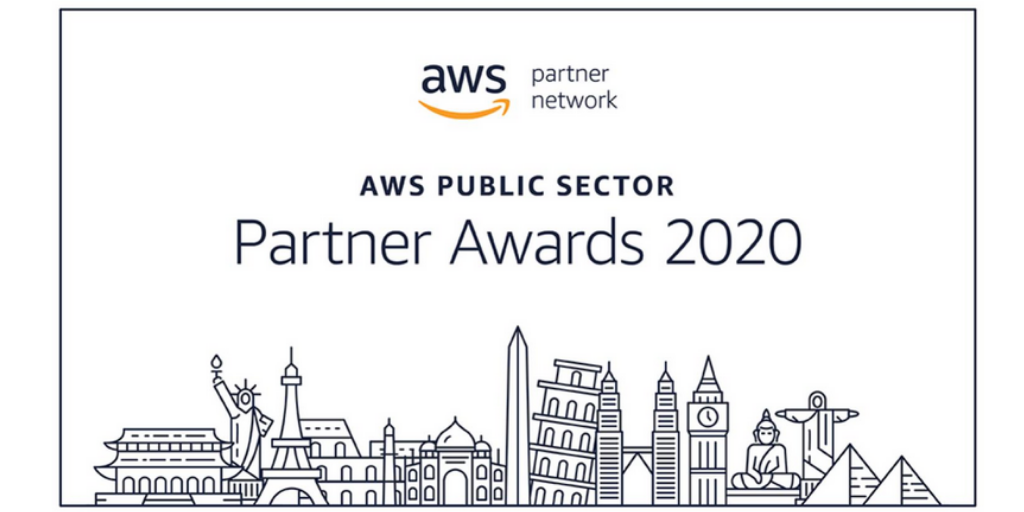AWS Public Sector Blog
Category: Thought Leadership
Building cloud-based community knowledge about machine learning to predict and understand extreme weather
The National Center for Atmospheric Research (NCAR) is a federally funded research and development center sponsored by the National Science Foundation. It engages in large-scale Earth system science research projects in collaboration with the broader university community. NCAR hosts visitors from around the world, develops community models including the Community Earth System Model and the Weather Research and Forecasting Model, and maintains supercomputers, observational systems, and aircraft to support further study on the how the planet works. As part of the Amazon Sustainability Data Initiative, we invited Dr. David John Gagne, machine learning (ML) scientist at NCAR, to share how open data and machine learning on AWS are impacting the way we predict and understand extreme weather.
5 steps state and local governments can take to build a cloud adoption foundation
You’ve made the decision to migrate to the cloud and are ready to initiate the adoption process, but where do you begin? What foundational elements are necessary to ensure your cloud adoption is successful and sustainable? These are important questions to consider as state and local governments are increasingly turning to the cloud amid tighter IT budgets and shrinking revenues. However, cloud adoption is more than simply shifting from one technology to another. It involves transforming an entire business into a more agile, responsive, and innovative organization. There are many physical, environmental, and human elements that need to be considered and aligned to pave the way for real innovation. Take these steps to start building the foundation needed for successful and transformational cloud adoption.
Emerging trends in cloud for advanced research computing
Research computing has come a long way from the mainframes of the 1960s. At the recent Practice and Experience in Advanced Research Computing (PEARC) conference, I noted four emerging themes that underscore how the field continues to evolve.
Hacking COVID-19: Hackathons take on the challenges of the pandemic
Novel challenges require novel solutions. To address the COVID-19 pandemic, public sector organizations are holding virtual hackathons to solve problems that arise from the virus and its effects on society. Hackathons #WirVsVirus in Germany, Hack the Crisis in Sweden, and #EUvsVirus brought together thousands of stakeholders to brainstorm and create innovative solutions using technology and cloud computing to address the ongoing challenges of the pandemic. Attendees at these virtual events worked to find solutions for problems like faster diagnosis of COVID-19 and connecting food with those in need. From technical mentorship to AWS Promotional Credit and providing access to technologies like AI, AWS supported these hackathons, their participants, and their solutions.
How open source helps governments respond to COVID-19 with speed, scale, and agility
Governments are sharing their technology solutions with other governments through open source tools. These tools are helping state, local, and federal governments respond quicker, and at the scale needed, especially during the COVID-19 pandemic. However, one of the challenges governments face is finding out what open source tools are available. To help public sector customers use open source tools better, AWS launched Open Government Solutions, which aggregates open source projects and assets from public sector entities around the globe for governments at all levels to find, adapt, and reuse. During a panel conversation around the launch, government leaders outlined five key reasons why governments are choosing open source technologies to deliver citizen services.
Powering scalable, fast, and secure solutions to support contact tracing
AWS is committed to helping our customers address the challenges brought about by COVID-19. In the months since the pandemic started, we have helped governments and organizations around the world accelerate efforts to track the virus, understand its outbreak, and better contain its spread. These are principles that have been reinforced by the World Health Organization (WHO). With the number of worldwide cases continuing to rise at an alarming rate, there is a global imperative to discover, test, and isolate patients in order to slow the viral spread, save lives, and fully reopen economies. To meet this public health imperative, governments are expanding their use of a well-established technique called ‘contact tracing’.
Announcing the winners of the 2020 AWS Public Sector Partners Awards
Amazon Web Services (AWS) Partner Network (APN) Public Sector Partners leaned into innovation and customer obsession to deliver amazing results, especially in the time of COVID-19. In light of these significant contributions, we are excited to announce the winners of the 2020 AWS Public Sector Partners Awards. Read more about our winners.
Helping the Australian Government innovate securely in the world’s most secure cloud
The rapid acceleration of digital transformation has raised expectations for efficient and effective engagement with service providers. Many expect the same engagement with government agencies as they do from consumer services such as video-on-demand, ecommerce, and online food delivery. In Australia, the government is prioritising delivering services through technology in a fast and secure way. The CSCP was closed in March 2020 and the ISM was updated to remove the requirement to select services from the Certified Cloud Services List (CCSL). However, the discontinuation of the CSCP does not alter Amazon Web Services (AWS) commitment to help Australian Government agencies innovate rapidly and securely.
The global digital skills landscape: Acquiring cloud skills is critical to workforce development
Over the past decade, cloud technology has been the driver of digital transformation, allowing organizations to operate with greater efficiency—and more importantly, innovate at speed. But as institutions of every size and type have discovered, keeping up with the pace of technological change can be difficult. The key hurdle? Skills.
Five things to consider when moving your research workflows to AWS
Research is done differently in the cloud than in an on-premises lab. Research labs looking to move computational research to the cloud should start with their workflows. There are common themes across computational research workflows that researchers should consider as they begin to move their research workflows to AWS.









